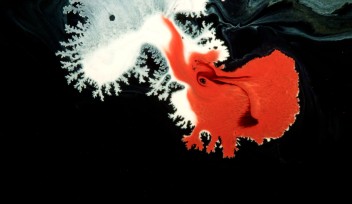Akiko Nakayama Live Painting
Japanese artist Akiko Nakayama manipulates alcohol and inks to create tree-like dendritic patterns during a live painting session.
Date:
29 February 2024
Credit:
Photo Credit: Akiko Nakayama
Photo Credit: Akiko Nakayama












